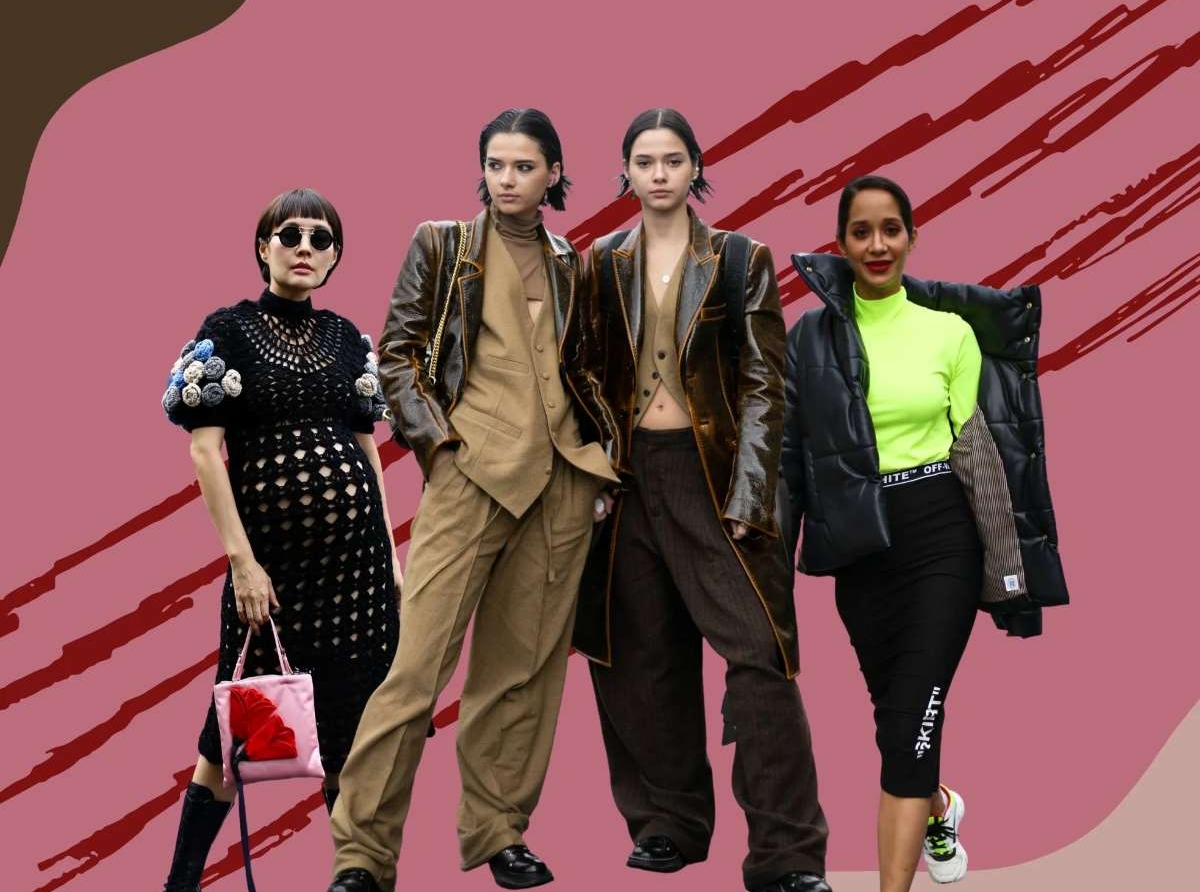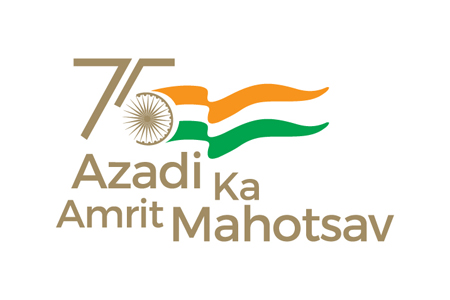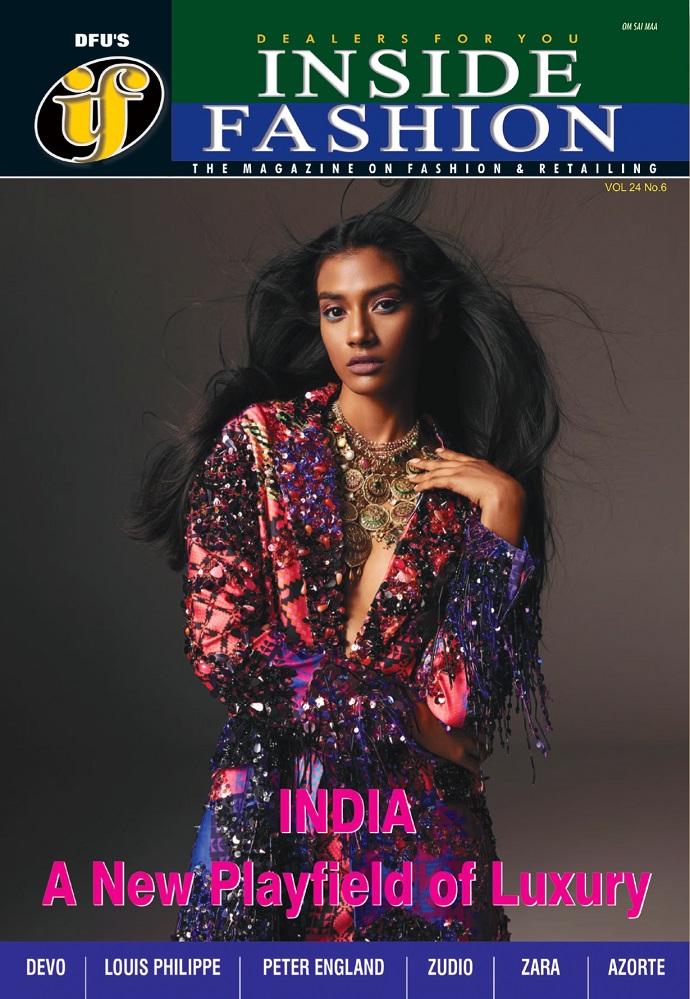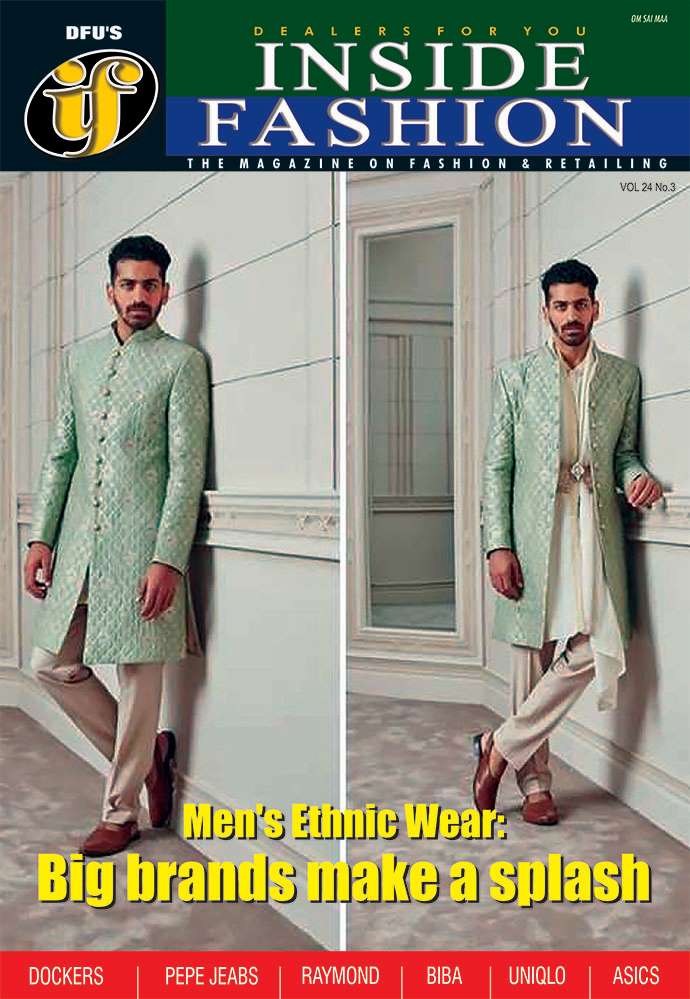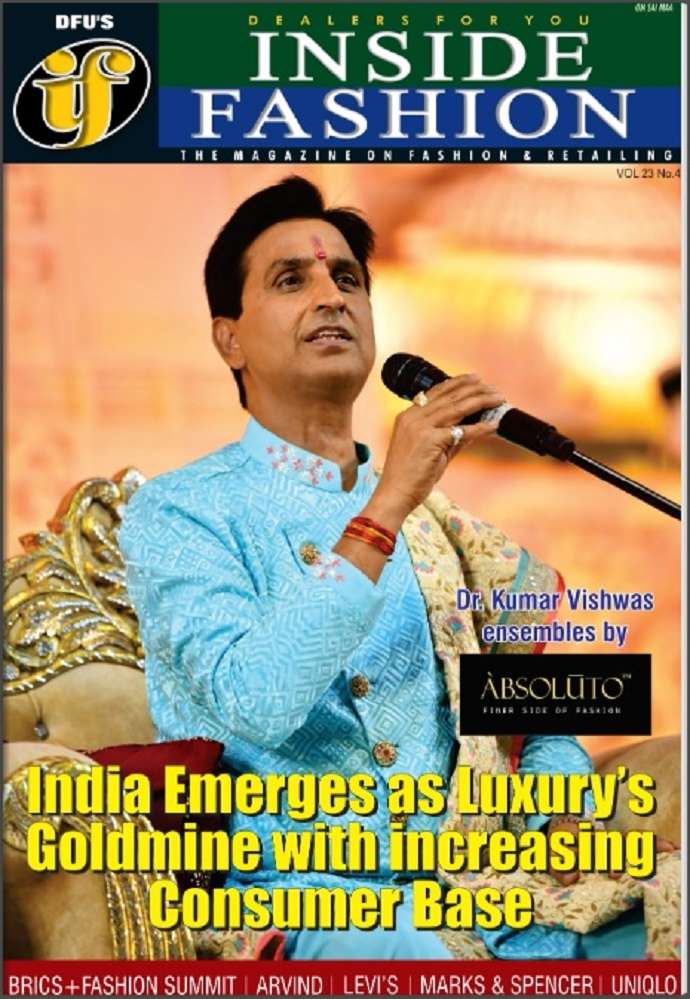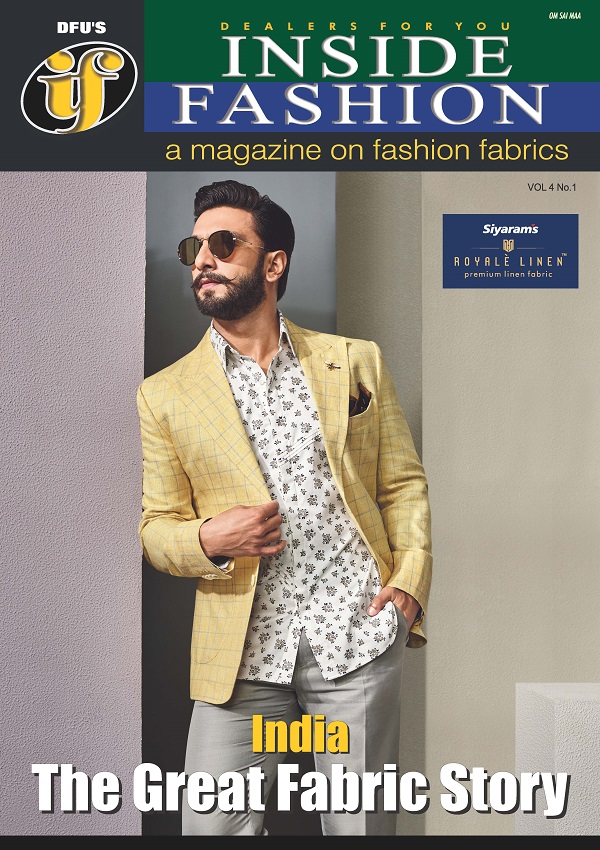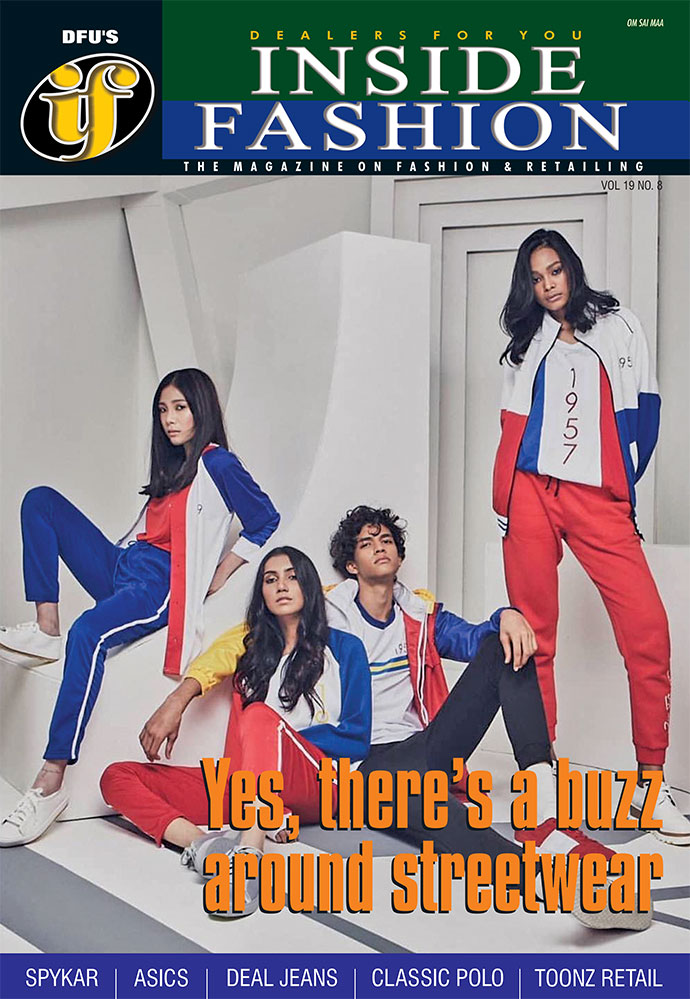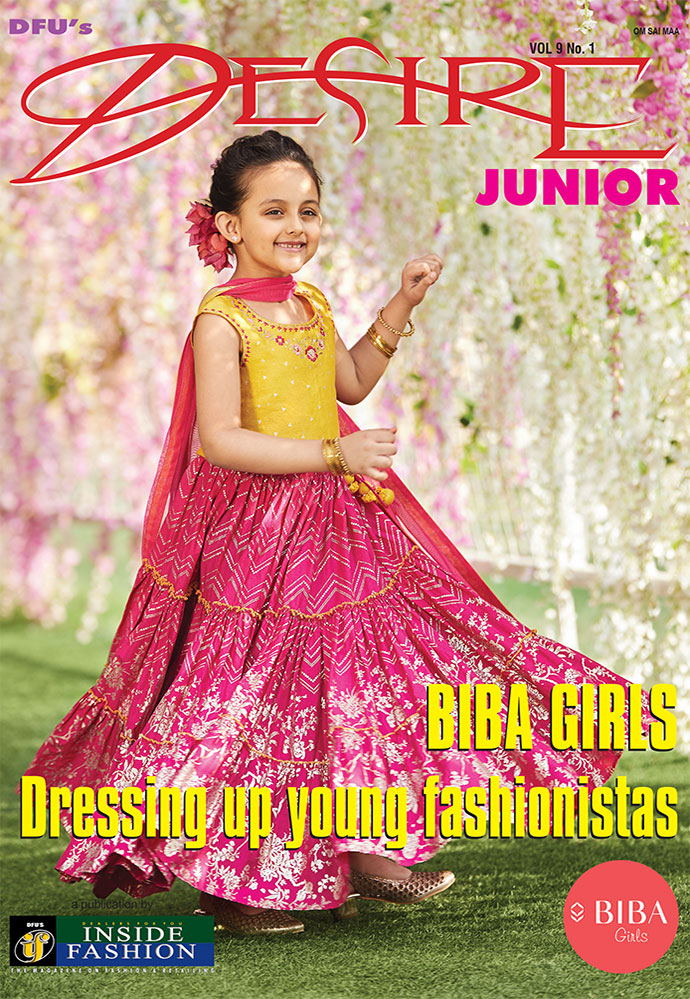In the dusty lanes of Jaipur or the buzzing fashion districts of Delhi, something quietly radical is unfolding: a revolution stitched with cotton threads and cultural pride, led not by seasoned designers or fashion tycoons, but by Gen Z girls redefining what it means to wear Indian ethnic attire. Long considered formal, occasion-specific wear, ethnic fashion is being unshackled from tradition and reborn as everyday couture. At the heart of this change is a generation for whom comfort, sustainability, and personal identity matter just as much as aesthetics.
This isn’t just a fashion trend; it’s a generational movement—one that is revamping the cultural narrative around Indian heritage clothing, weaving in contemporary ideals, and reshaping the contours of the ethnic wear industry.
Comfort meets culture
For the Gen Z girl—many still in college, others on their first jobs—clothing must serve more than a visual purpose. It needs to feel like them. This desire for breathable, body-positive, and movement-friendly ethnic wear has shifted demand towards natural fabrics like khadi, mul cotton, and linen. Labels like Gajra, which promote easy-to-wear silhouettes in skin-friendly materials, are cashing in on this preference. Even kurta sets are seeing a redesign, offered in co-ords and versatile separates that can be styled up or down.
More than just a look its a cultural statement
There’s an unmistakable sense of pride in reclaiming Indian culture—not as a costume worn on Diwali, but as a daily, lived experience. Gen Z’s engagement with Indian ethnic wear is deeply symbolic, grounded in a conscious return to indigenous craftsmanship and storytelling.
From Kutch embroidery to Bengal’s jamdani weave, younger buyers are actively seeking garments with artisanal roots. For them, knowing who made their clothes and how they were made is as important as how they look. This resurgence of interest in Indian textiles is also political: it's a rejection of homogenous global fast fashion in favor of something meaningful, local, and proud.
Where streetwear meets saris
Forget what you know about the sari as a strictly ceremonial garment. Gen Z is draping it with sneakers, pairing it with bomber jackets, corset tops, and even hoodies. On Instagram, influencers like @TheDesiDrape and @IndieRiot showcase playful, edgy interpretations of classic garments—where bandhani-printed joggers or lehengas worn with crop tops turn heads not just at weddings but on campuses and coffee dates. Many collegiate say, they don’t want to wear what their mom wore to college but they do want to wear what their grandmother made.
This sentiment—blending reverence for heritage with rebellion against uniformity—is birthing a bold fusion aesthetic. It’s not just fashion; it’s an identity statement.
The conscious closet
According to the ET Snapchat Gen Z Index (May 2025), almost 84 per cent of Indian Gen Z consumers are willing to pay more for eco-friendly products. This ethical tilt has transformed how ethnic wear is consumed. Thrift stores, hand-me-downs, and upcycling old saris into wrap skirts or patchwork jackets have become commonplace. D2C brands like Okhai, Suta, and Earthen Roots cater to this eco-aware demographic with transparency on fabric sourcing and ethical manufacturing practices.
Even innerwear brand Tailor and Circus, known for its use of organic cotton and inclusive sizing, is now exploring collaborations in ethnic lounge wear—an indication of just how deep this shift goes.
Digital discovery and DIY spirit
Instagram and TikTok have become Gen Z’s go-to style guides, but not through glossy ad campaigns. Instead, it's the organic, unfiltered posts of creators styling a kurta as a jacket or turning an old dupatta into a wrap dress that spark curiosity and conversions.
There’s also a strong DIY subculture: embellishing kurtas with mirror work, adding a lace trim to old palazzos, or dyeing vintage saris in trending hues. Personalization is prized, and no two outfits look the same. The message is clear: individuality wins over uniformity.
Brands scramble to keep up
Legacy brands have taken notice. Kalki Fashion, for example, recently launched The Gen Z Store—a curated line with Indo-Western hybrids, relaxed fits, and influencer collaborations. On the other end of the spectrum, brands like Bewakoof and Jaypore are leaning into street-meets-tradition branding, while platforms like Myntra FWD specifically target Gen Z users with affordable, trend-forward ethnic options.
What’s common across successful brands: An online-first presence, influencer-led storytelling, transparent values, and agility in responding to trends. Unlike millennials, who valued aspiration, Gen Z seeks relatability.
Illustrated by data, driven by values
While specific comprehensive data tables on Gen Z girls' spending solely on Indian ethnic wear are limited, several reports offer valuable insights into their broader consumer behavior and its impact on the apparel market.
ET Retail Report (June 2025)
Gen Z (377 million strong) has surpassed millennials as India's largest consumer group, influencing an estimated $40-45 billion in apparel and footwear purchases. This report highlights a slowdown in growth for traditional international brands due to Gen Z's shift towards agile, value-driven D2C brands.
ET Snapchat Gen Z Index (May 2025)
Gen Z prioritizes ethical and local shopping, valuing authenticity over hype.
- They are "intentional shoppers," doing research and prioritizing ethical, local, and personal choices.
- 56 per cent of Gen Z use digital payments, while 84 per cent are willing to pay a premium for eco-friendly products.
- 54 per cent actively champion causes they care about (e.g., fair labor, zero-waste).
ICH NEXT Dipstick Survey (November 2024)
- Nearly 100 per cent of Gen Z respondents have a "soft corner" for Indian festivals and traditions, indicating a strong cultural connection.
- 42 per cent prefer Indo-Western fusion for festivities.
- 5 per cent lean towards a "Low-Key Chic" look, emphasizing comfort and understated style.
- Only 1 per cent prefer "full sparkle mode," indicating a move away from heavy embellishments.
Fast Fashion Market in India (andCircus, July 2025)
While the fast fashion market is growing, young Indians are increasingly rejecting disposable clothing and gravitating towards brands that prioritize the planet and its people.
Rethinking the traditional
The transformation which got a boost from Gen Z girls isn’t just about silhouette or styling—it’s about redefining the cultural relevance of Indian ethnic wear. It’s about making tradition work for today’s realities: hybrid lifestyles, climate-consciousness, gender inclusivity, and fluid identity. Ethnic wear is no longer something that sits in the back of the closet, dusted off for weddings or festivals. It is now a dynamic, living canvas for personal expression, worn to cafes, colleges, and protests alike. As these young women reclaim their cultural wardrobe and reweave it with modern sensibilities, they are crafting a sartorial legacy that is rooted yet radical—timeless, yet totally Gen Z.
Latest Publications


